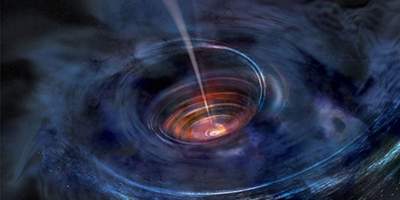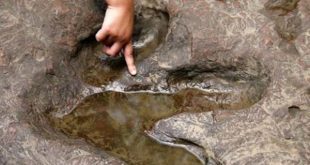 According to the data obtained, a possible “starvation” of black holes is due to the fact that the inflow of the substance absorbed was interrupted for some reason.
According to the data obtained, a possible “starvation” of black holes is due to the fact that the inflow of the substance absorbed was interrupted for some reason.
An international team of astronomers conducted a study with the use of ESO Telescope and Space Observatory, the Hubble and x-ray of the Registrar Chandra. The collected data allowed the scientists to explain the unusual changes in the behavior of a black hole, which because of “hunger” may not maintain the bright glow of the galaxy.
It is considered that the bright glow is due to the high temperature of material falling on the surface of a black hole. The properties of the luminescence of various active galaxies are quite different, which gives astronomers the opportunity for these differences to divide the galaxy into several classes. Over the past decade, the portion of the galaxies showed a dramatic change in the type of illumination. While Markarian 1018 showed such adjustments twice in the last 5 years.
“We were lucky to capture such an unusual event only after 3-4 years since the start of the reduction of the intensity of radiation. We started a campaign registration state of the object, allowing to explore the details of the process of accretion in various active galaxies, which under other conditions could not be found”, – said the astronomers engaged in the project CARS.
According to the data obtained, a possible “starvation” of black holes is due to the fact that the inflow of the substance absorbed was interrupted for some reason. It is known that a supermassive object in the Central part of Markarian 1018 may be double, since this galaxy was formed by the merger of two other clusters. Each of them, presumably, had composed a supermassive black hole.








